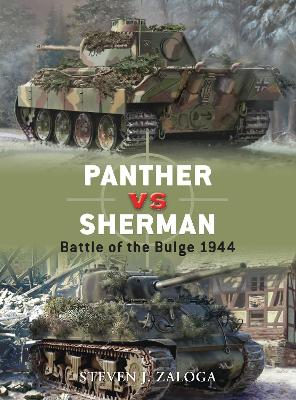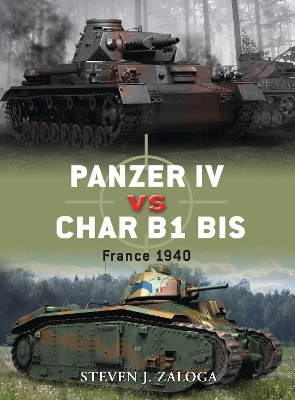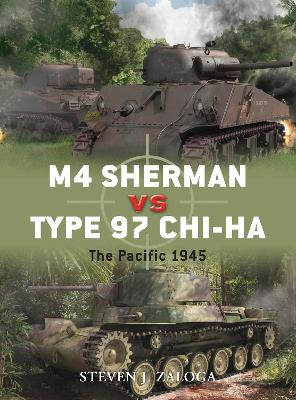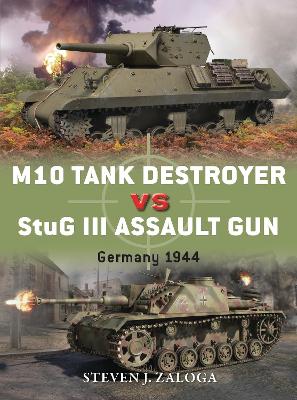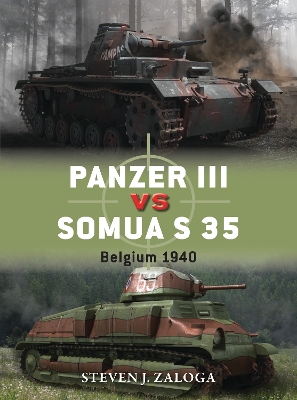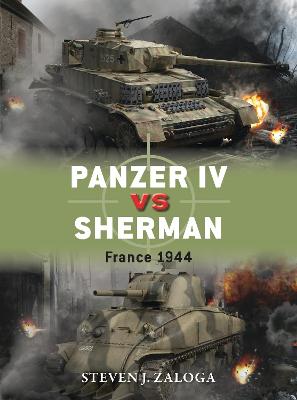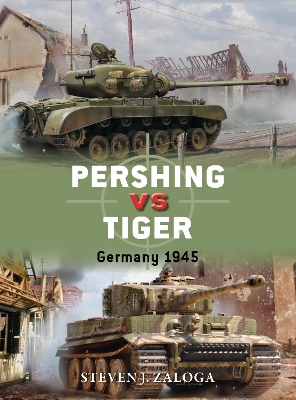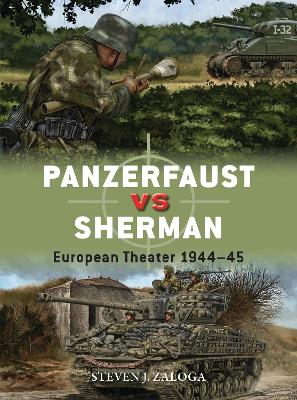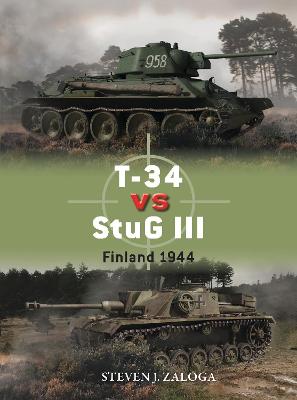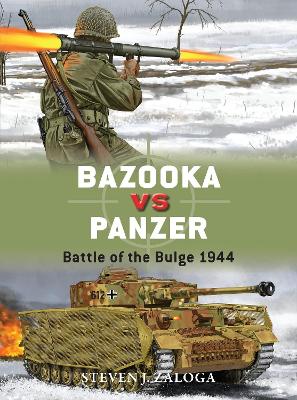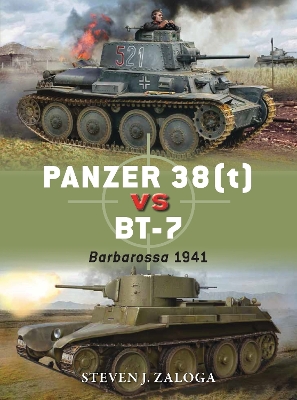Duel
8 primary works • 11 total works
Book 13
In this book Steven J Zaloga offers a fascinating comparison of the combat performance of the two most important tanks involved in the crucial fighting of 1944, the Sherman and the Panther. Examining the design and development of both tanks, Zaloga notes the obvious superiority that the Panther had over the Sherman and how the highly engineered German tank was eventually beaten back, not necessarily by the improvements made to the Sherman, but rather by the superior numbers of tanks that the Allies were able to put into the field.
Putting the reader into the heart of this battle between quality and quantity Zaloga examines the tactical intricacies of the battles between these two rivals. Using a compelling account of the ferocious fighting in the Ardennes region to explain the successes and failures of each tank he also highlights the fact that a tank can only be as good as its crew, weighing up the impact of low morale, high cost and mediocre crew training on the Panthers superiority. Packed with full-colour battlescenes, technical drawings, photographs, digital gunsight views, extracts from crew training manuals and real combat reports, this book brings to life the titanic battles between the Sherman and the Panther.
Book 33
Book 43
Book 53
Book 63
Book 70
Book 80
This book examines the dramatic Tiger/Pershing duel at Elsdorf in Germany, and also assesses the clashes between German armour and the sole 'Super Pershing' deployed to Europe. Featuring full-colour artwork, carefully chosen photographs and specially commissioned maps, this is the story of the first US heavy tanks in combat with the fearsome Tiger I during the last months of World War II in Europe.
Book 99
This Duel title follows the technological battle for dominance that ensued, as the US Army devised new ways to defend against the threat posed by the German shaped-charge projectiles. From the addition of sandbags and spare tracks to individual tanks made by anxious crews on the ground to the large-scale programmes put together by the US armies, the book explores the implementation and effectiveness of the various tactics employed by the tank crews, as well as the technology behind the anti-tank weapons wielded by their German adversaries. Drawing on first-hand accounts from the men on the ground, this illustrated title examines the evolving trial of strength between US armour and innovative German anti-tank weaponry in the climactic months of World War II in Europe.
Most of the Soviet units sent into Finland were new to the region, moving mainly from the fighting in the Leningrad area. As a result, some had the latest types of Soviet equipment including the new T-34-85 tank, fielded alongside the older T-34-76. Germany refused to sell the Finns new tanks without a reinforced military alliance, but in 1943 began selling them a few dozen StuG III assault guns. This made the StuG III battalion the most modern and powerful element of the Finnish armoured division, and it saw very extensive combat in the June-July summer battles.
Featuring specially commissioned artwork and an array of archive photographs, this is the absorbing story of the parts played by Soviet and Finnish armour in the epic battles in Finland during June and July 1944.
Focusing on the savage close-quarters fighting between Germany's armoured divisions and the US infantry during the Battle of the Bulge, Steven Zaloga's absorbing study compares and assesses the strengths and limitations of the cutting-edge technology used by both sides. Featuring specially commissioned full-colour artwork and explosive battle reports, this volume casts new light on the evolving nature of infantry-versus-tank combat in the closing months of World War II.
This book examines two evenly matched competitors in this conflict, the German Panzer 38(t) and the Soviet BT-7. Both were of similar size, armed with guns of comparable firepower, and had foreign roots - the Panzer 38(t) was a Czechoslovak design and the BT-7 was an evolution of the American Christie tank. With full-colour artwork and archive and present-day photography, this absorbing study assesses the strengths and limitations of these two types against the wider background of armoured doctrine in the opening stages of Operation Barbarossa.
